Take a journey rich in culture and beauty
Luxury cruises & destinations
Find a cruise
Or know the Tour Code or Tour Name you are looking for?
Click here
Popular destinations
Create stories for life
Great stories are born of unforgettable moments. With Scenic it’s more than ultra-luxury travel. It’s seldom-seen lands, unrestricted global navigation and state-of-the-art ships allowing a front row seat to nature and culture as it unfolds before your eyes.
Start planning your journey
Featured Itineraries
Take a closer look at your next adventure and discover the magnificent destinations and voyages we have available.
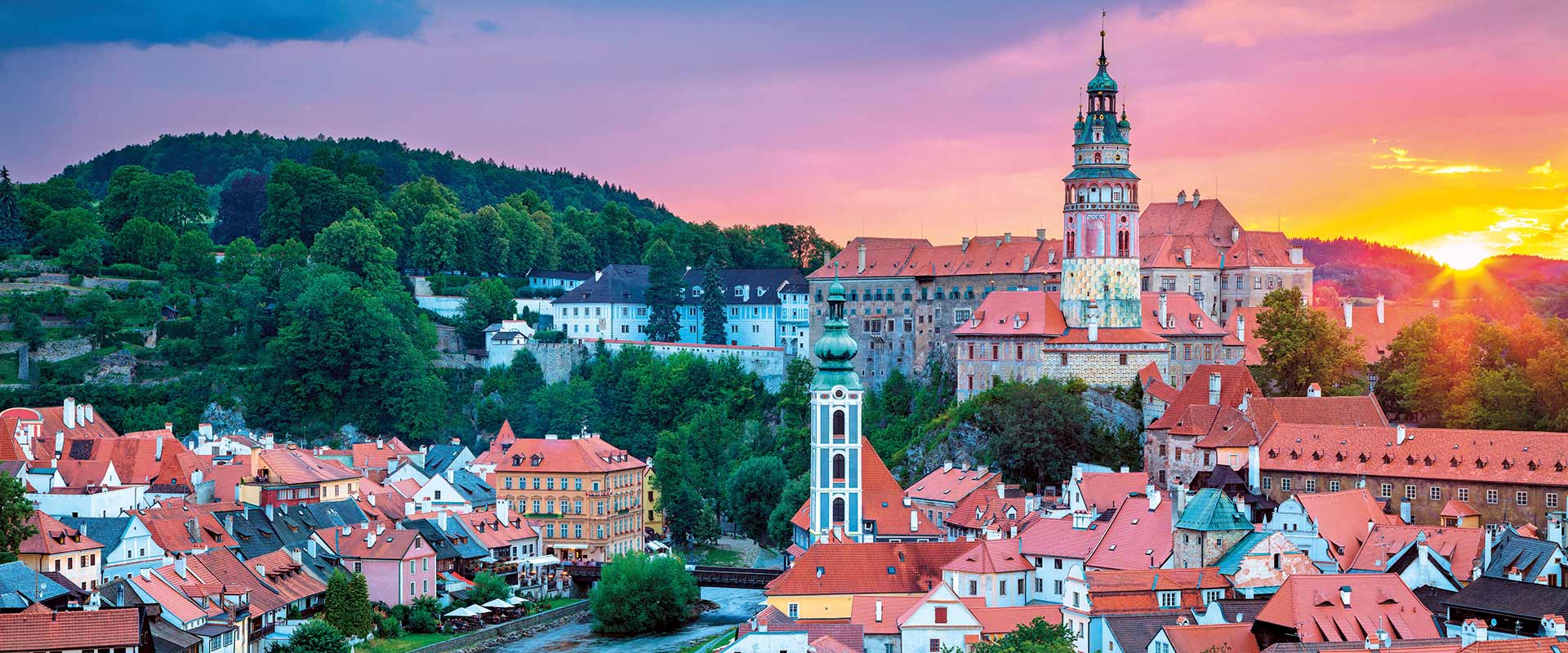
Budapest to Nuremberg
10 Days
SEASON: 2024Danube in Depth
From
CAD
$6,495*
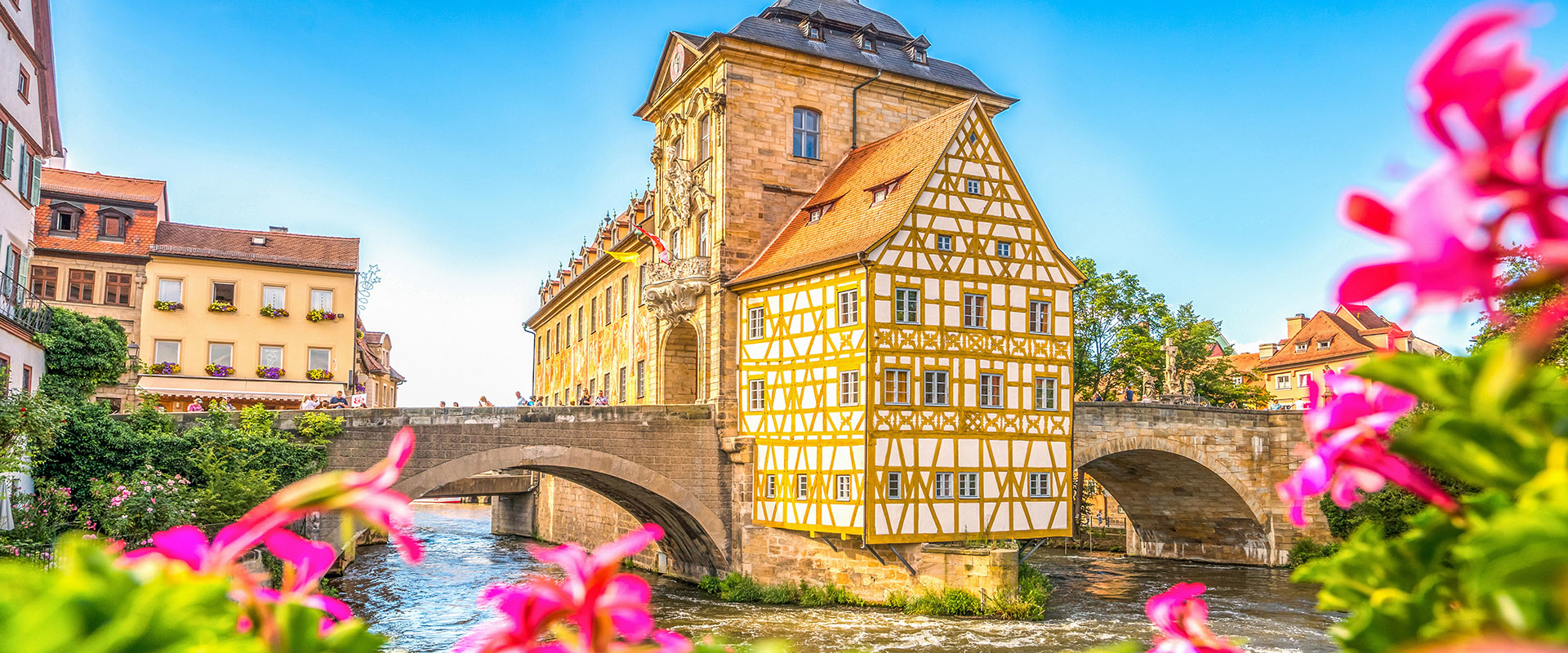
Amsterdam to Budapest
15 Days
SEASON: 2024Jewels of Europe
Europe’s most spectacular river discovery
From
CAD
$8,745*
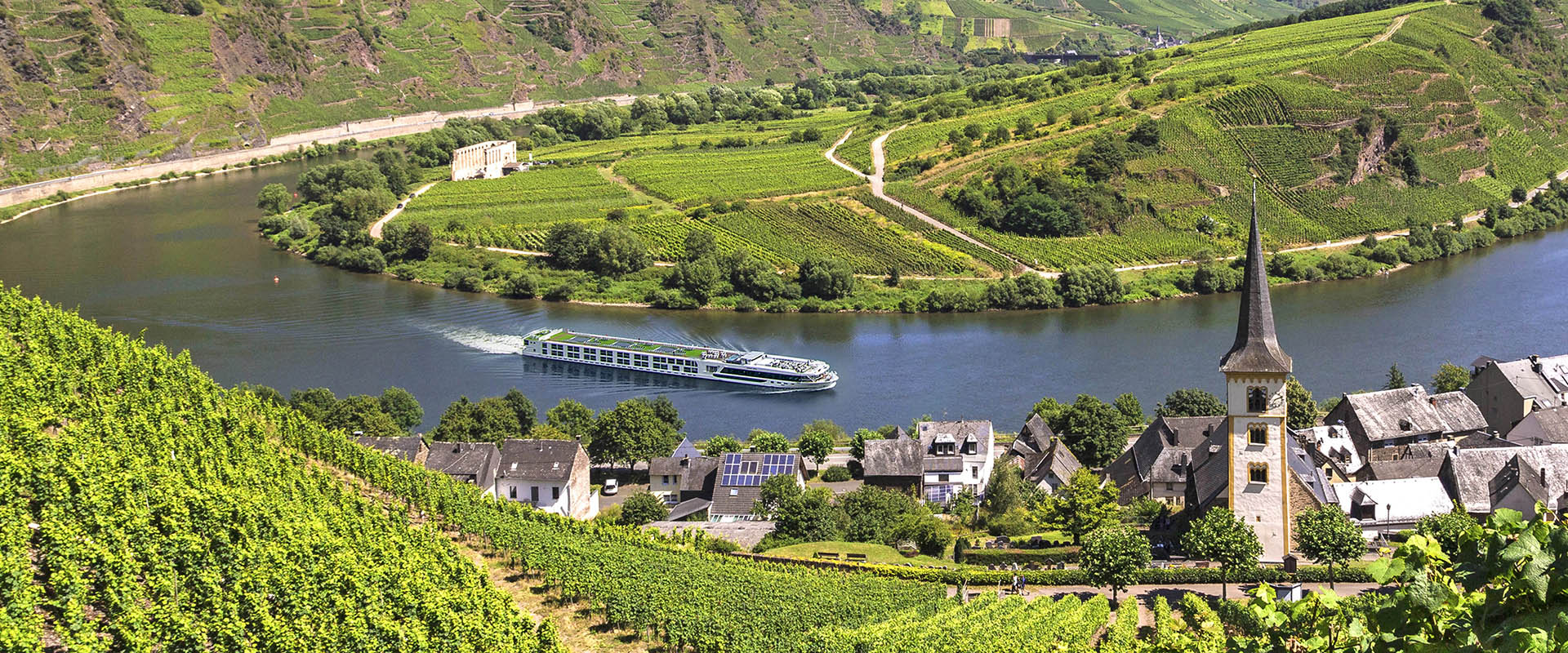
Amsterdam to Zurich
15 Days
SEASON: 2024Romantic Rhine & Moselle
Romance is alive and well on the Rhine
From
CAD
$8,395*
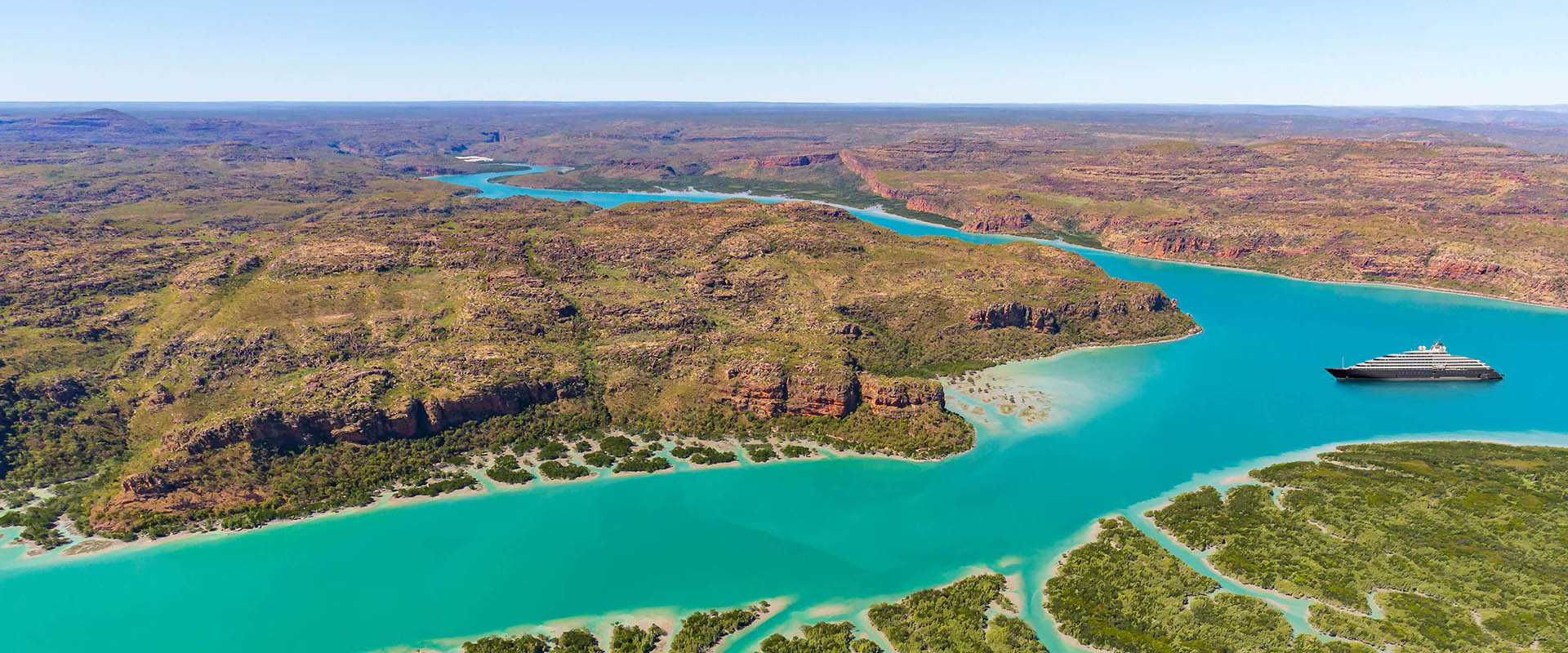
Broome to Darwin
11 Days
SEASON: 2024/2025Uncover the Kimberley Coastline: An Ancient Wilderness
The treasures of Kimberley’s ancient shores
From
CAD
$16,570*
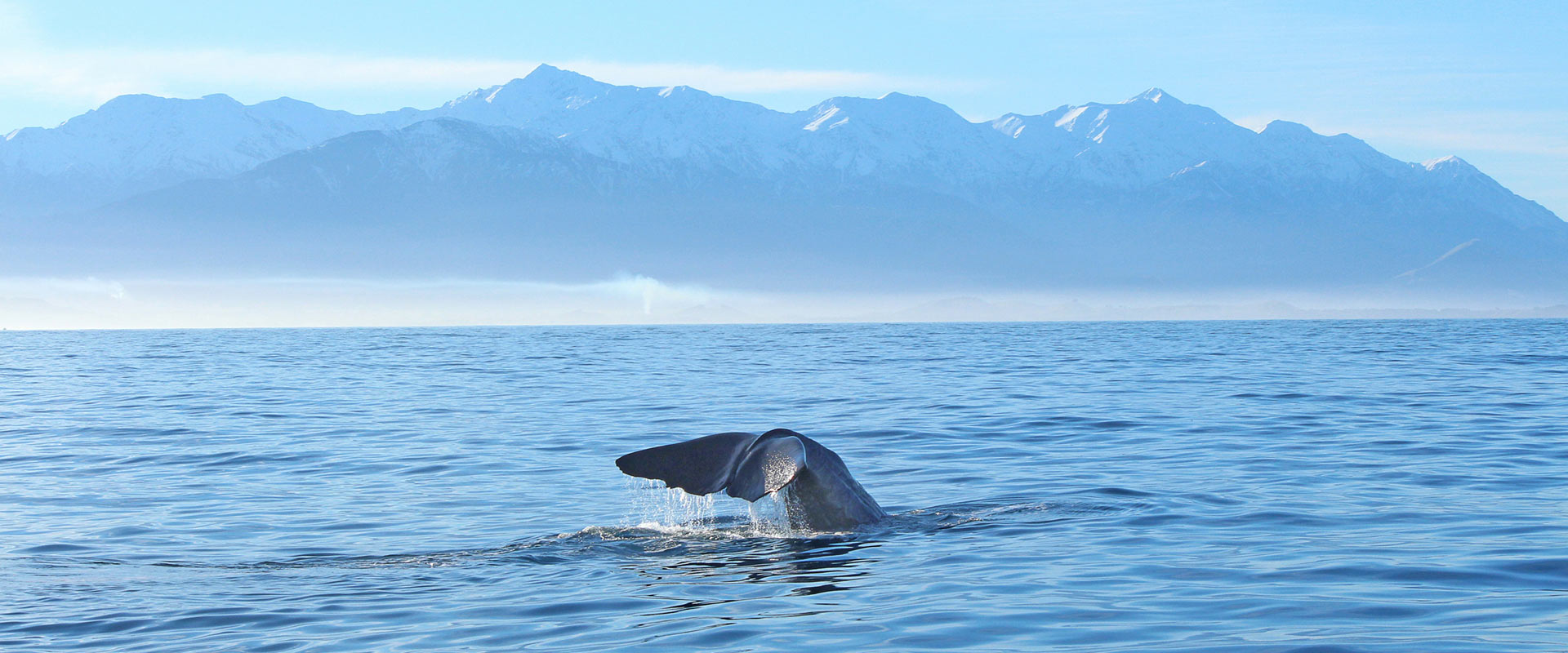
Dunedin to Auckland
12 Days
SEASON: 2024/2025New Zealand Delights
Spectacular New Zealand
From
CAD
$14,295*

Dunedin
24 Days
SEASON: 2024/2025Antarctica's Ross Sea: Majestic Ice & Wildlife
From
CAD
$31,620*
Stay up to date and be inspired
Yes, please keep me updated with the latest special offers, travel inspiration, product updates and event invites.




